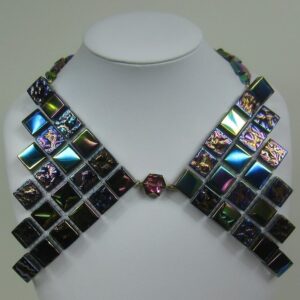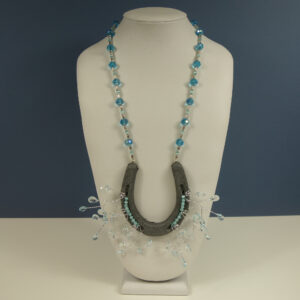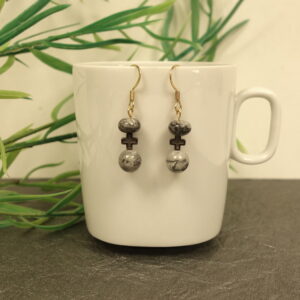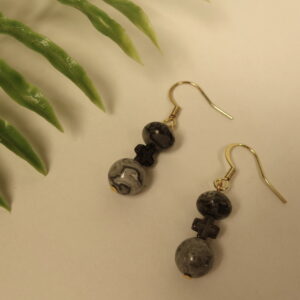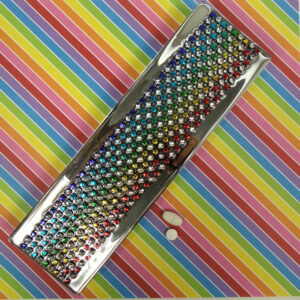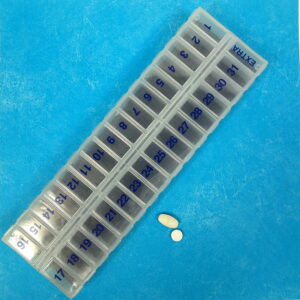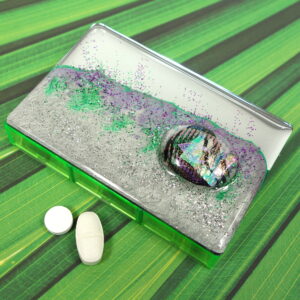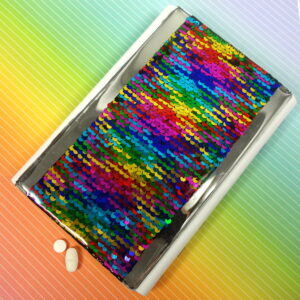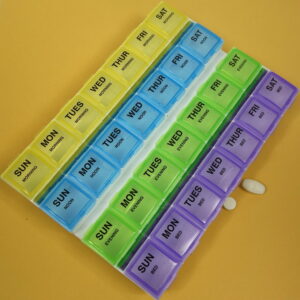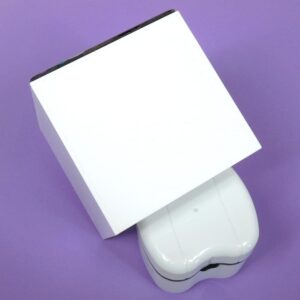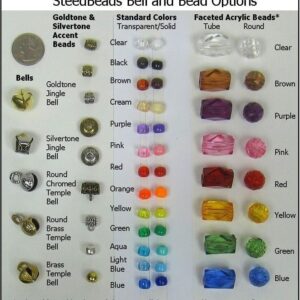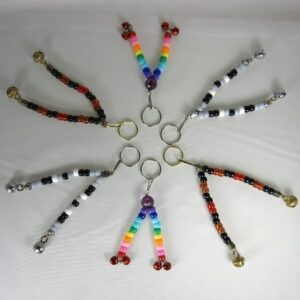Praying with prayer beads produces positive results, not only for one’s peace of mind, but also for one’s physical health. Neuroscientists’ research supports this claim, and that research has birthed a relatively new field of study: Neurotheology.
According to Andrew Newberg, a Philadelphia neuroscientist who specializes in neurotheology, “Numerous studies have shown that the mere repetition of a sound, phrase, or finger movement over a period of time significantly reduces symptoms of stress, anxiety, depression and anger, while improving the practitioner’s perception of quality-of-life and spiritual well being. In fact, the addition of movement to any meditation should significantly enhance the cognitive performance of the brain. Repeated, skilled finger movements also appear to improve the central and peripheral nervous systems, offsetting the age-related loss of hand control.”
Newberg’s research has led him to conclude that “Activities involving meditation and intensive prayer permanently strengthen neural functioning in specific parts of the brain that are involved with lowering anxiety and depression, enhancing social awareness and empathy, and improving cognitive and intellectual functioning . . . . Such practices help you remain calm, serene, peaceful and alert . . . and give you a positive and optimistic outlook on life.”
He and his research team conducted brain scans and studies on memory patients and meditators. They combined this information with web-based surveys of people’s religious and spiritual experiences, and their adult drawings of God to conclude that intensely praying with prayer beads can lower levels of anxiety and stress. It may also slow down the aging process and lessen the likelihood of developing stress-related illnesses. For noticeable results, Newberg recommends conducting meditative prayer regularly, at least 12 minutes a day; the longer and more focused time spent in each session, the better.
Newberg is the author of several books on neurotheology, including How God Changes Your Brain, written with therapist Marc Robert Waldman. This book explains how regular focused prayer can permanently change your brain’s structure and function, along with your values and perception of reality.
This scientific research particularly interests me, because I create Protestant (Anglican) prayer beads, prayer bead necklaces, and chaplets and sell them on my website. When God called me to create these beautiful prayer aids, I did not realize that their use could help people in more ways than enhancing and organizing their prayer time. It is extremely gratifying to know that God’s gifts to me are being passed on to others with so many potential benefits.
Protestant prayer beads are similar to a Catholic rosary. Unlike the latter, however, which are typically used with a proscribed prayer, Protestant prayer beads may be used in a wide variety of personalized ways during prayer.
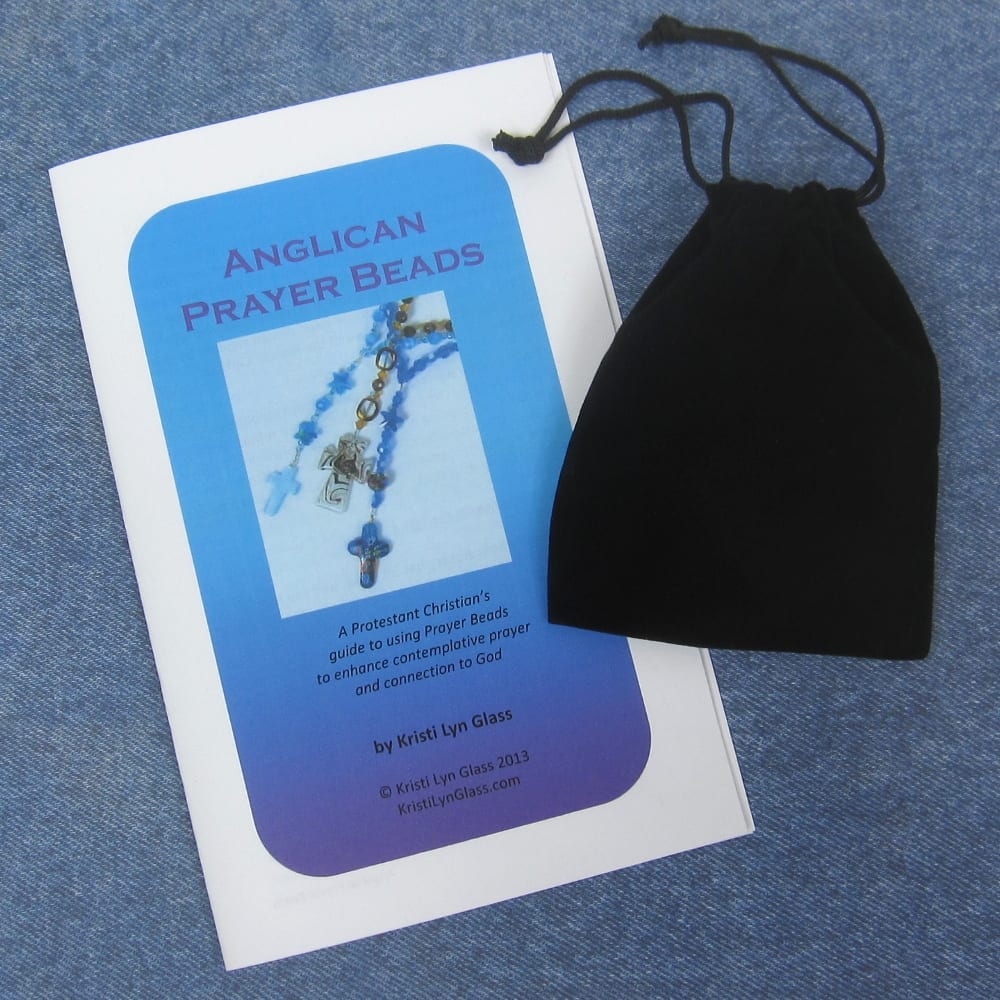 To provide more information about Protestant prayer beads and their use, I have written a 16-page Anglican Prayer Beads booklet. It contains prayer bead pictures, historical information, symbolism and layout of the beads, instructions on their uses, and nine sample prayers. This booklet is available via digital download on my website. It is also included with every prayer bead purchase, along with a velveteen storage pouch and a lifetime restringing guarantee.
To provide more information about Protestant prayer beads and their use, I have written a 16-page Anglican Prayer Beads booklet. It contains prayer bead pictures, historical information, symbolism and layout of the beads, instructions on their uses, and nine sample prayers. This booklet is available via digital download on my website. It is also included with every prayer bead purchase, along with a velveteen storage pouch and a lifetime restringing guarantee.
For more information about Neurotheology and how prayer alters your brain and improves your health, see Andrew Newberg’s website and the links below.
Related links:
Prayer May Reshape Your Brain . . . and Your Reality
Prayer Beads: The Upsides and Dangers
Why People Who Pray Are Healthier Than People Who Don’t
10 Ways Praying Actually Benefits Your Health





